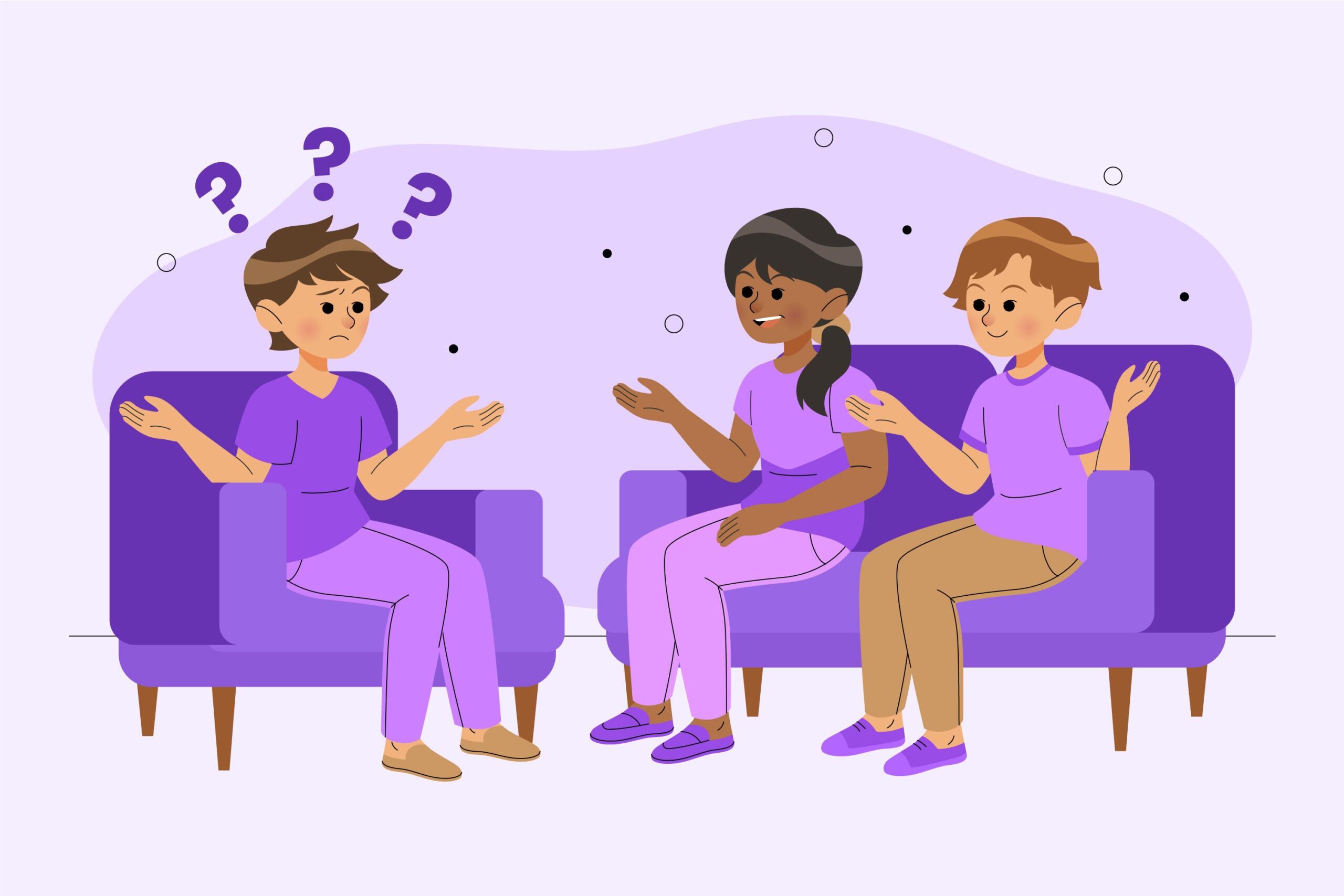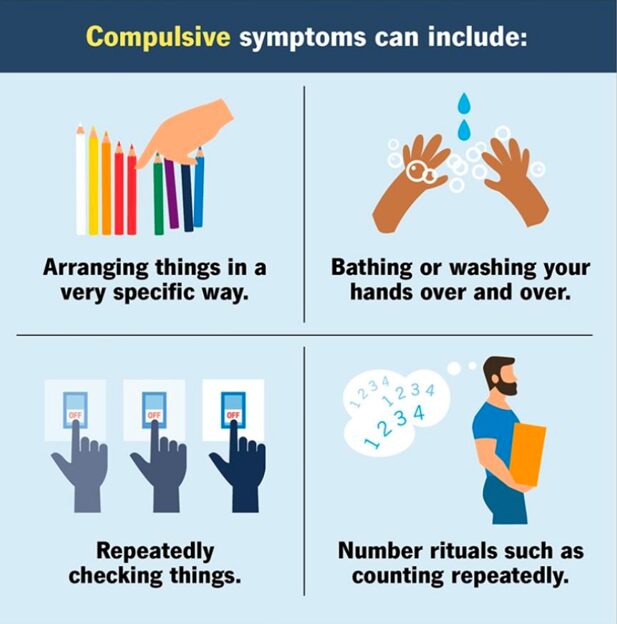Introduction –
Depression is one of the most common and Disabling Psychiatric Disorders Worldwide. It is more than just sadness; it is a Persistent Disturbance of Mood and Thought Processes that Interferes with daily Functioning, Relationships, and Physical Health. According to the World Health Organization (2023), Depression Affects more than 280 Million People Globally and is the leading cause of Disability Worldwide. In India, the National Mental Health Survey (2015–16) found that 2.7% of Adults Currently live with Depression, while the Lifetime Prevalence is around 5.25%.
Definition –
Depression, also known as Major depressive Disorder (MDD), is Defined as a Mood Disorder characterized by Persistent Sadness, Loss of Interest or Pleasure, Feelings of Guilt or Low Self-Worth, Disturbed Sleep or Appetite, Low Energy, and Poor Concentration. Symptoms must last at least two weeks and cause significant Impairment in Personal, Social, or Occupational Life.
Depression can affect anyone regardless of Age, sex, Race or Ethnicity, Income Culture or Education.
Research suggests that genetic, biological, environmental, and psychological factors play in the disorder.
Types of Depression
- Major Depressive Disorder (MDD) – It includes symptoms of Depressed Mood or Loss of Interest, most of the time for at least 2 week , that interfere with daily activities.
- Persistent Depressive Disorder (Dysthymia) – Consist of less severe depression symptoms that last much longer usually for at least 2 years.
Other types –
- Bipolar Depression – It involves depressive episodes as well as manic episode with usually elevated mood, greater irritability or increased activity level.
- Seasonal Affective Disorder (SAD) – It comes and goes with the season, symptoms typically starting in the late fall and early winter and going away during the spring and summer.
- Depression with symptoms of psychosis– is a severe form of depression in which a person experience psychosis symptoms like delusion or hallucination.
Etiology-
Depression is multifactorial in origin:
- Biological factors
- Genetic Predisposition (family history increases risk).
- Imbalance in Neurotransmitters (Serotonin, Dopamine, Norepinephrine).
- Hormonal changes (thyroid Disorders, Postpartum Changes).
- Psychological factors
- Negative thinking patterns, Hopelessness.
- Personality traits such as low self-esteem, dependency, or perfectionism.
- Childhood trauma or loss.
- Social factors
- Stressful life events (unemployment, bereavement, divorce).
- Poverty, social isolation, lack of support.
- Stigma related to mental illness.
Clinical Features-
- Persistent low mood, sadness, or emptiness.
- Loss of interest/pleasure (anhedonia).
- Fatigue, low energy.
- Sleep problems (insomnia/hypersomnia).
- Appetite and weight changes.
- Guilt, hopelessness, worthlessness.
- Poor concentration, memory difficulties.
- Recurrent thoughts of death or suicide.
Diagnosis-
- Symptoms present most of day, nearly every day, for at least 2 weeks.
- Core symptoms – Depressed mood or loss of pleasure/ interest.
- In children / adolescent – may show irritability instead of sadness.
- Doctor evaluate onset, duration, frequency , impact on daily life.
Tools used:
- Hamilton Depression Rating Scale (HAM-D)
- Beck Depression Inventory (BDI)
Cure And Prevention –
Cure–
1.Medication –( Antidepressants)
- SSRIs (Fluoxetine, Sertraline), SNRIs (Venlafaxine, Duloxetine), and others.
- Improve Brain Chemical Balance; take 4–8 weeks to Show effect.
2. Psychotherapy (Counseling):
- Cognitive Behavioral Therapy (CBT): Helps change Negative Thoughts.
- Interpersonal Therapy (IPT): Improves Relationships and Coping.
3. Biological Treatments.
- Electroconvulsive Therapy (ECT), Repetitive Transcranial Magnetic Stimulation (rTMS), or Esketamine for Treatment-Resistant Depression.
4. Lifestyle Changes:
- Regular Exercise, Yoga, Meditation, Healthy Diet, Good Sleep.
- Avoid Alcohol and Drugs.
5. Social Support:
- Family Involvement, Support Groups, and Psychoeducation Reduce Stigma and Improve Recovery.
Prevention of Depression-
While not All Cases Can be Prevented, Risk can be Reduced through:
1. Early Intervention:
- Treat Stress, Anxiety, or Mild Depressive Symptoms Early Before they Worsen.
2. Healthy Lifestyle-
- Balanced Diet, Regular Physical Activity, Proper Sleep.
- Mindfulness, Yoga, or Relaxation Practices.
3. Strong Social Connections:
- Maintain Supportive Relationships with Family, Friends, and Community.
- Share feelings instead of bottling them up.
4. Stress Management:
- Time Management, Relaxation Techniques, and Healthy coping skills.
5. Avoid Substance Abuse:
- Limit Alcohol and Avoid Drugs, as they Worsen Depression.
6. Awareness & Education-
- Understanding symptoms helps in Seeking timely help.
Complications
- Suicide (high risk if untreated).
- Substance abuse.
- Chronic medical illnesses worsened (Diabetes, Cardiovascular disease).
- Impaired Relationships, work loss, and Economic Burden.
Prognosis
With proper Treatment, 50–60% recover, But Recurrence occurs in 30–40% within a year. Chronic Depression Occurs in 10–20%. Early Diagnosis, Adherence to Treatment, and Strong Support Systems Improve Outcomes.
Conclusion
Depression is a serious but treatable disorder. It requires a comprehensive approach including psychotherapy, medication, lifestyle modification, and community awareness. In India, bridging the treatment gap of nearly 80% should be a priority to reduce suffering, disability, and suicide risk.
Psychiatric disorders worldwide. It is more than just sadness; it is a persistent disturbance of mood and thought processes that interferes with daily functioning, relationships, and physical health. According to the World Health Organization (2023), depression affects more than 280 million people globally and is the leading cause of disability worldwide. In India, the National Mental Health Survey (2015–16) found that 2.7% of adults currently live with depression, while the lifetime prevalence is around 5.25%.
Reference –
- American Psychiatric Association. (2013). DSM-5: Diagnostic and Statistical Manual of Mental Disorders.
- WHO (2023). Depression Fact Sheet.
- National Mental Health Survey of India (2015–16). Ministry of Health, Government of India.
- Kaplan & Sadock. Synopsis of Psychiatry.
- Salik I, Marwaha R. StatPearls [Internet]. StatPearls Publishing; Treasure Island (FL): Sep 19, 2022. Electroconvulsive Therapy. [PubMed]
- Singh R, Volner K, Marlowe D. StatPearls [Internet]. StatPearls Publishing; Treasure Island (FL): Jun 12, 2023. Provider Burnout. [PubMed]
- Namkung H, Lee BJ, Sawa A. Causal Inference on Pathophysiological Mediators in Psychiatry. Cold Spring Harb Symp Quant Biol. 2018;83:17-23. [PubMed]
- Mangla K, Hoffman MC, Trumpff C, O’Grady S, Monk C. Maternal self-harm deaths: an unrecognized and preventable outcome. Am J Obstet Gynecol. 2019 Oct;221(4):295-303. [PubMed]
- Shelton RC. Serotonin and Norepinephrine Reuptake Inhibitors. Handb Exp Pharmacol. 2019;250:145-180. [PubMed]
- Tanner J, Zeffiro T, Wyss D, Perron N, Rufer M, Mueller-Pfeiffer C. Psychiatric Symptom Profiles Predict Functional Impairment. Front Psychiatry.






